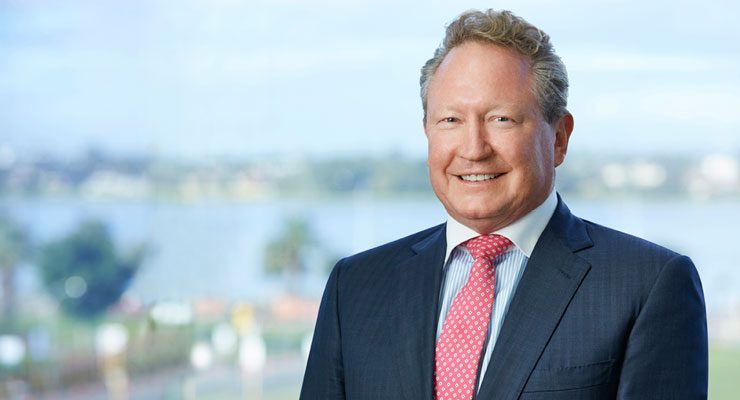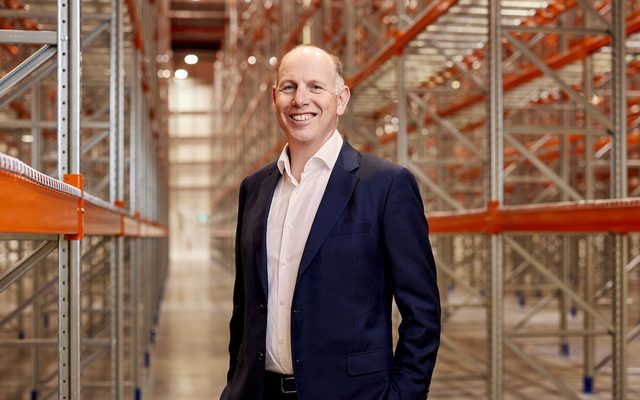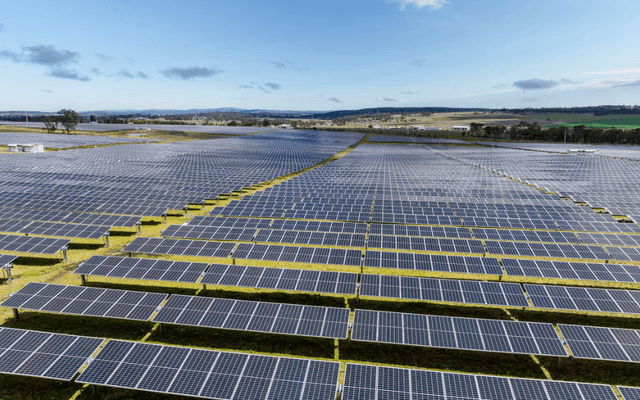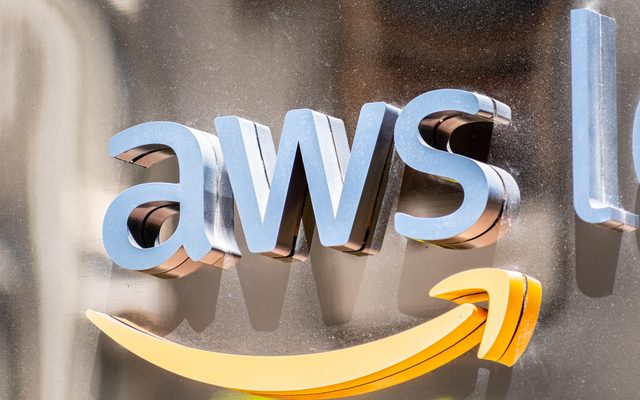This article is from the Australian Property Journal archive
CENTRAL Queensland is set to become home to the world’s largest green energy hydrogen plant, doubling green hydrogen production globally and bringing thousands of new jobs to the region.
Fortescue Future Industries (FFI) announced they would be building the $115 million green energy hydrogen manufacturing facility in Aldoga in the Gladstone region, with US-based Plug Power signing on to the 50-50 joint venture.
The facility will produce much needed green energy infrastructure including cabling, wind turbines, solar PV cells and most significantly, 2 gigawatts per annum worth of hydrogen electrolysers.
“We need solar panels, wind towers, and electrolysers in such scale that we need to produce them where we use them – including in Australia,” said Julie Shuttleworth, chief executive at FFI.
The facility may eventually also expand into producing fuel cells, hydrogen-related refuelling and storage infrastructure.
“We have enough solar and wind in Australia to power many countries of the world. Working together with Plug Power, we can create this future,” added Shuttleworth.
Plug Power, who are major player in hydrogen technology, will supply the electrolyser and fuel cell technology as part of the deal, while FFI utilises its manufacturing capabilities.
Ahead of the facilities construction FFI will buy 250MW of Plug Power’s electrolyser solutions for its Australian projects.
“Australia and New Zealand will be a big market opportunity for our green hydrogen ecosystem of electrolysers, fuel cells, and green hydrogen. This year, we will do megawatts of deployment in these markets, and gigawatts in the coming years,” said Andy Marsh, president and CEO of Plug Power.
These solutions are used to source hydrogen and oxygen from water providing emission-free energy, with Plug Power delivering the first electrolysers in the second half of 2022.
FFI also announced plans to build similar green manufacturing sites across the country.
“We are taking the Green Energy Manufacturing centre at Gladstone and replicating it across Australia, at tens of sites all over the country – creating the foundation for new industries in green ammonia, green iron, green steel, green fertiliser and green cement, with thousands of jobs at each location,” said Andrew Forrest, CEO of FFI.
Aldoga is also set to become home to a 600 MWp solar farm, after it was given the go ahead by the Queensland government in July, which itself is set to create as many as 350 construction jobs and 10 permanent positions in the regional area.
Further investments into hydrogen in Queensland also include the state government’s $2 billion Renewable Energy and Hydrogen Jobs Fund, with the government also looking to unlock as much as $23 billion in wind and solar project proposals for their Queensland Rewable Energy Zones (QREZ).
Taking advantage of these schemes Dalrymple Bay Infrastructure announced plans to transform Australia’s second largest coal export facility into a green hydrogen plant back in August.
The FFI facility will in its first stage create 120 construction and 53 operational jobs, with 300 jobs created over the lifetime of the facility.
“We will not allow the world to keep on cooking — we will not allow our children to inherit a much-less stable environment,” added Forrest.
The first stage of Aldoga manufacturing facility is anticipated for an early 2022 completion, with the first electrolysers produced at the plant expected to be exported in 2023.




